Brachiosaurus
Friday, December 27th, 2013 at 12:50
Friday, December 27th, 2013 at 12:50
Friday, December 27th, 2013 at 12:47
Friday, December 27th, 2013 at 12:31
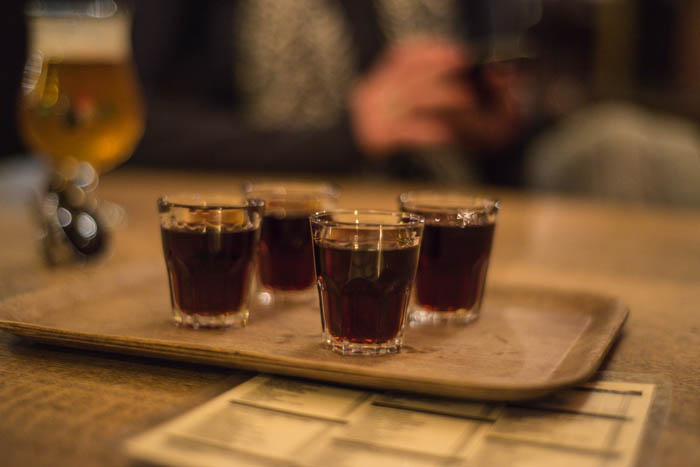
Happy holidays everyone. 4 shots of Jagermeister. Shot with Nikon D800 + cheap 50mm.
Tuesday, September 10th, 2013 at 8:29
From the announcement:
Olympus just announced its new flagship Mirrorless Micro Four Thirds Digital Camera: The Olympus OM-D E-M1.
It features a 16.3 megapixel Live MOS sensor and TruePic VII image processor to produce high-resolution still imagery and full HD 1080p video. The combination of these two technologies enables a high sensitivity range from ISO 100-25600 and also contributes to a top 1/8000 sec. shutter speed and continuous shooting up to 10 fps .
The sensor also lends itself to an enhanced FAST autofocus system that utilizes dual contrast- and on-chip phase-detection focusing methods to quickly and accurately acquire focus with selectable focus areas for even greater precision.
I was waiting for a better OM-D (see the review of the first one). Here is it is! I’m curious to read the reviews.
Monday, February 18th, 2013 at 13:07
I had the chance to test Nikon’s D600 a few months back (thanks Nikon Belgium!).
I was a D7000 user looking to make the jump to full frame, so basically the ideal customer for a D600.
Testing the camera, I was very impressed by the D600. Check out these photos of Ireland to get an idea of the output. The dynamic range is great. It’s a solid product.
However, in the end I decided to go buy the D800. The cameras are very much alike: the D600 is really the D800’s little brother, and shooting with them is about 90% the same. In this article I’ll try to outline the reasons why I chose the D800 in the end.
First and foremost, I went for the D800 because of the controls.
The D800 has the “pro” style controls on top with buttons for white balance, file quality, bracket and ISO.
On the back there is a dedicated AF-ON button, which is very helpful. On the D600/D7000 I had to map some other button to AF-ON and then forego easy AF/AE lock. On the D800 you just have both AF ON and AE/AF lock next to each other, easy.
Looking at the controls on the D600, I don’t understand what Nikon was going for here. The D600 treats the photographer as a newbie. First there are the typical sports, portrait etc modes which I never use. I mean, if you’re buying a full frame you probably know how to set your shutter speed and aperture in a way that’s appropriate for what you’re shooting?
Then there’s the “retouch” button on the back. I wonder, who edits RAW files on their camera?
Another back control (the one that is white balance on the D7000) changes the quality setting of your photographs. It’s much too easy to acidentally switch the quality setting of your files on the D600. Not something you’d want to happen in a shoot.
Next to that, the “mode lock” on the mode dial is annoying. I know this has been implemented since there were some problems with the mode dial on the D7000 but seriously, I’ve never had this problem.
One neat thing that the D800 has and the D600 doesn’t is a little setting that allows you to zoom into a picture you just took using the “OK” button. No more pressing zoom 5 to 7 times to check for focus: a simple click on “OK” jumps you to the desired zoom level.
The auto ISO settings on the D800 are more detailed than the D600 including a minimum shutter speed setting, which is essential to me. When doing event photography just being able to shoot without worrying about the ISO settings is wonderful.
While the D600 resolution is plenty (24MP), I like having a lot of pixels to play with to do some creative cropping. For example, for websites it’s often needed to make a sort of extreme panorama crop (10:1 ratio) to make the content look good on any screen.
The D800 does have the drawback of generating files that are a little too big to handle easily: prepare to wait quite a bit longer when processing and moving around D800 files. It would be nice if there was some in-between setting (set the D800 to native 24MP) but I guess that isn’t how things work.
At the time I bought the D800 it was about €2400 while the D600 was about €2000. The price difference wasn’t big enough to justify buying the slightly worse D600. For the price of a cheap lens I’d have the D800 so that made the choice much easier.
A few months in I’m still happy with my purchase. The D800 delivers the professional results I’m looking for in a camera. It’s a joy to work with and will be my workhorse for some time to come.
Wednesday, December 26th, 2012 at 14:27

Loving the 1/8000 shutter speed on the D800, this allows you to take relatively sharp shots from a car driving 120 km/hour on the highway. Full res on Flickr.
Wednesday, December 5th, 2012 at 20:36
In April I started a project to post a picture every day for 1 year. I learned a ton about photography, but after a while I really had to go out of my way to find a good subject for my pictures. I didn’t want to shoot the same thing over and over again (hello, zoo).
It was clear that a good picture takes work. You have to think of what you want to shoot, draw it, then execute it. Execution might take many forms, including waking up early for the right light, getting a model to pose for you, travelling to a specific location, getting the right people together, or finding the right props.
How much do you want to work for 1 picture? Do you want to hire a hair & make-up stylist, scour 2nd hand markets for props, hire a studio and 3 models? Some of this comes down to money. Some of it to time, and some to creativity.
Another example – anyone with a 50mm lens can take a nice soft focus picture of their meal, but good food photography involves the right props, the right background, the right “composition”. In this way studio photography is a bit like designing.
My main conclusion is that I should spend more time making the pictures I want to make. Instead of posting 120 more images and finishing the project, I’d rather end it prematurely with a plan.
A plan to make less pictures, but better ones.
Thursday, November 22nd, 2012 at 9:17
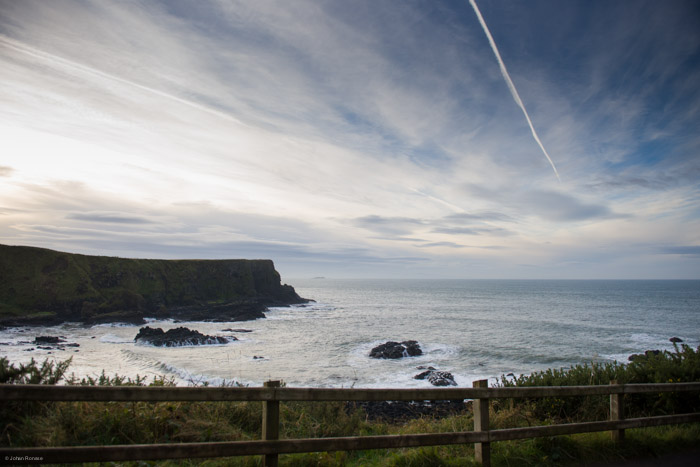
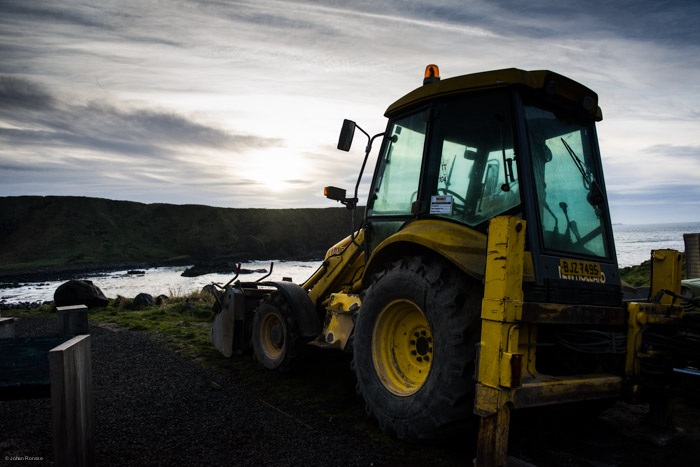
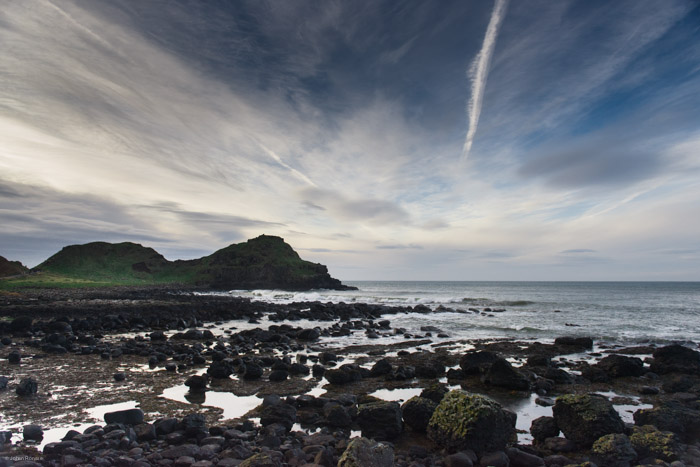
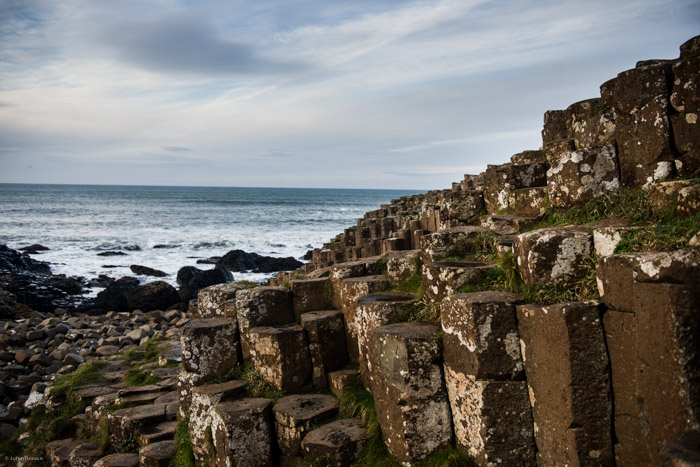
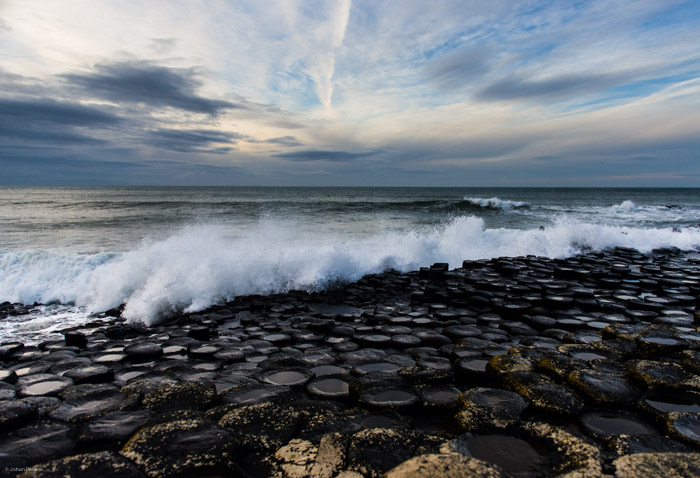
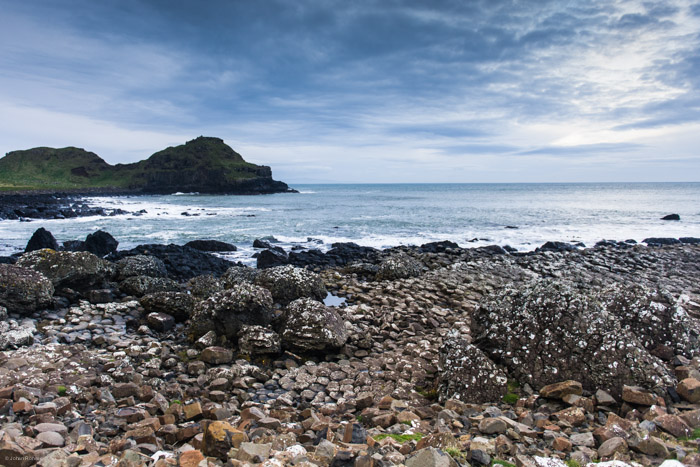
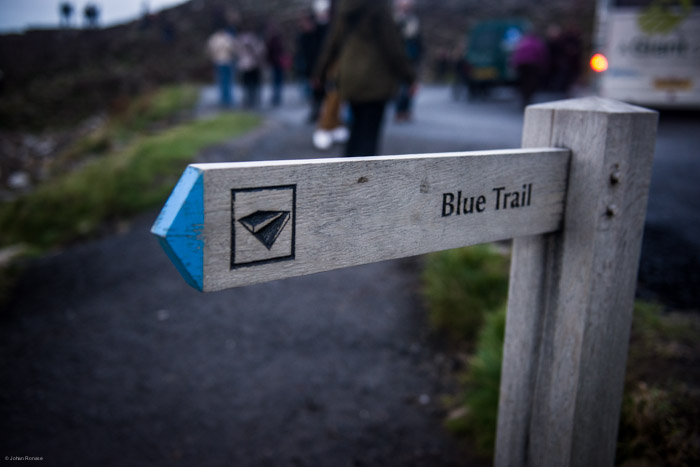
Wednesday, November 21st, 2012 at 8:12
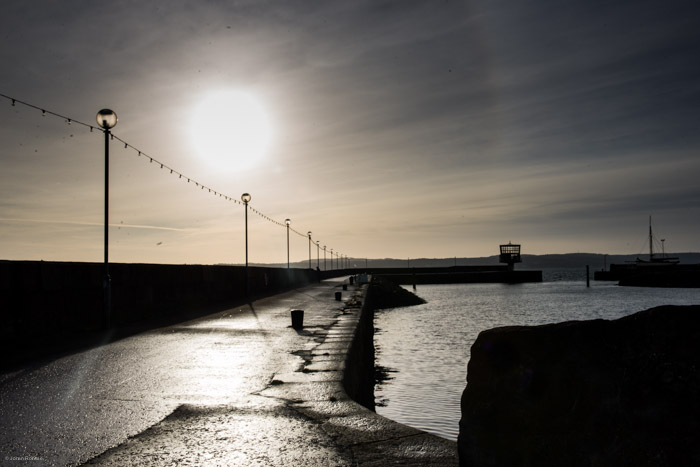
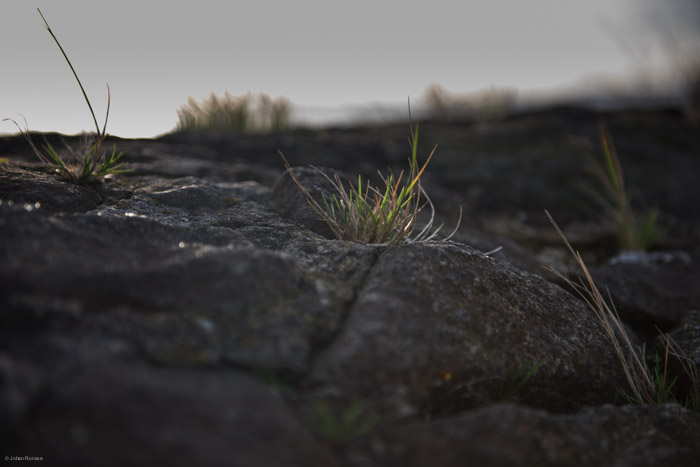
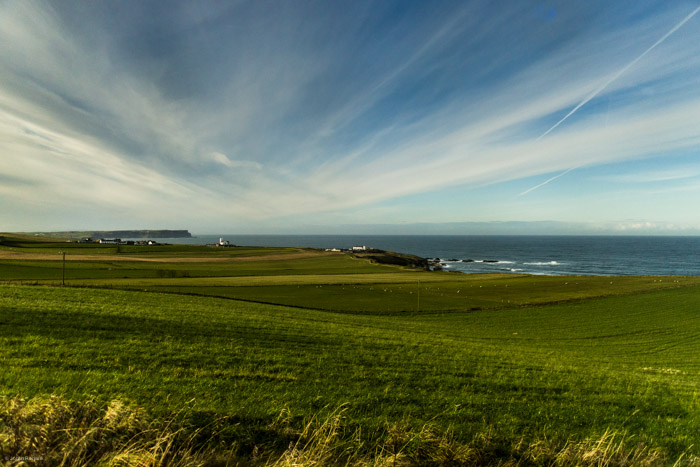
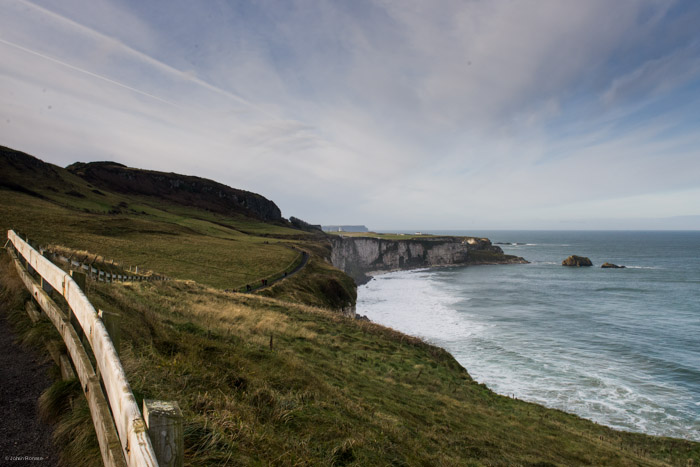
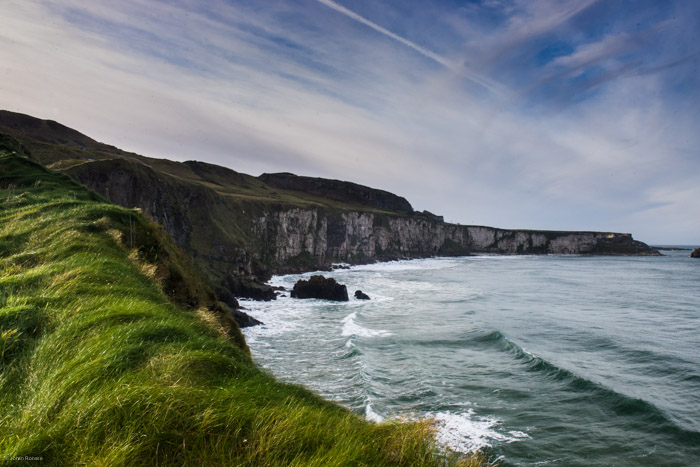
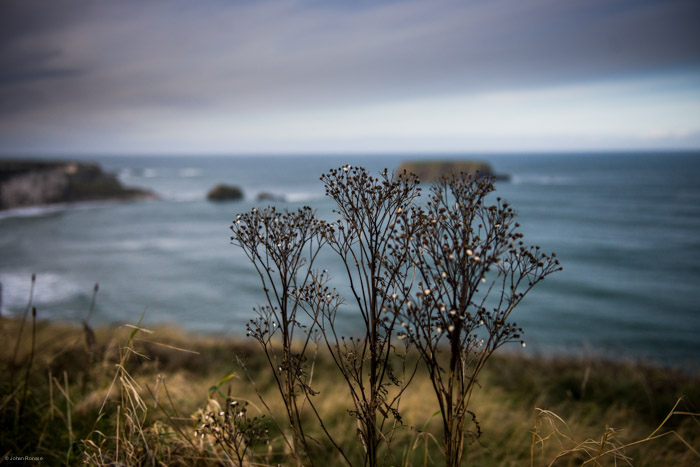

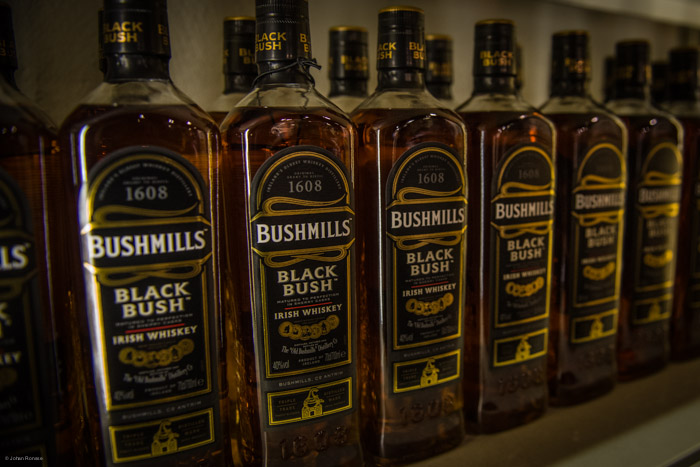
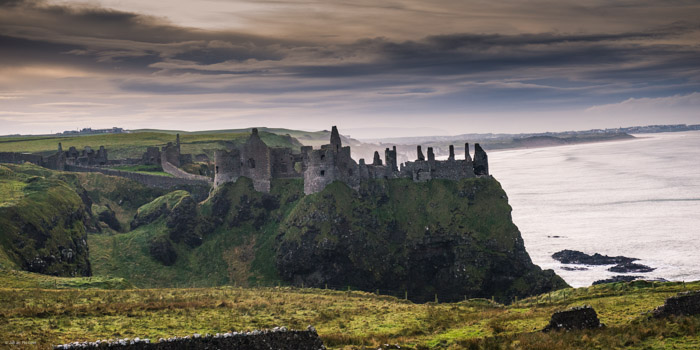
Shot with Nikon D600 and 24-70.
Friday, November 16th, 2012 at 13:03
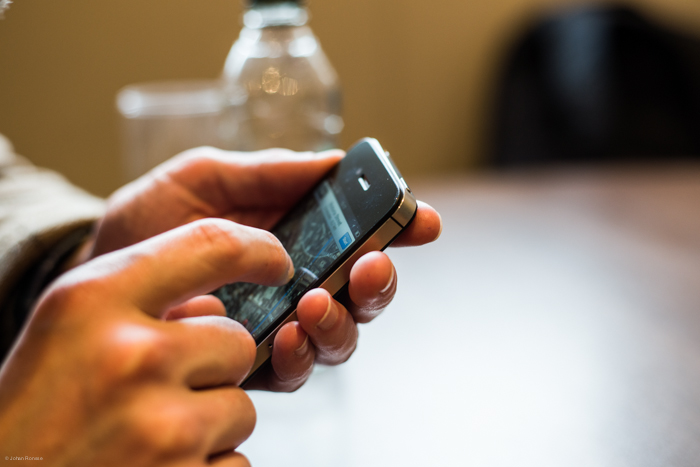
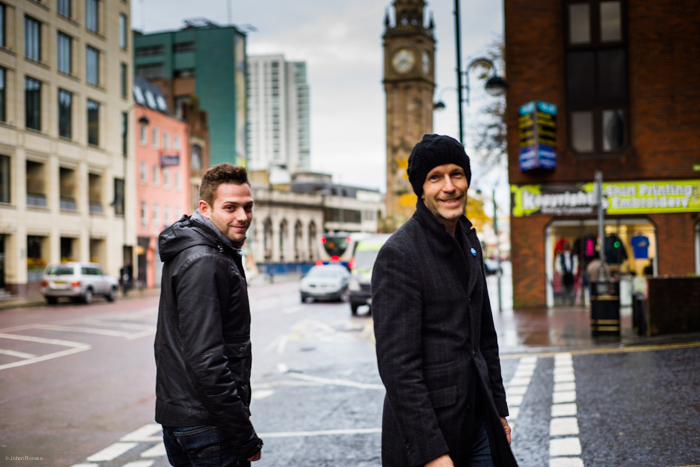
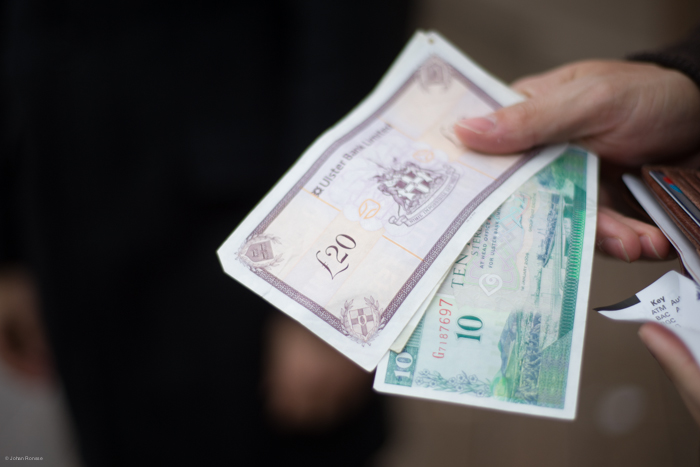
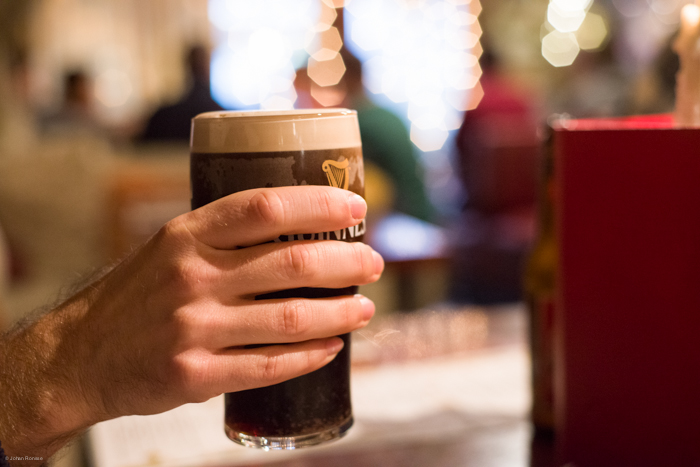
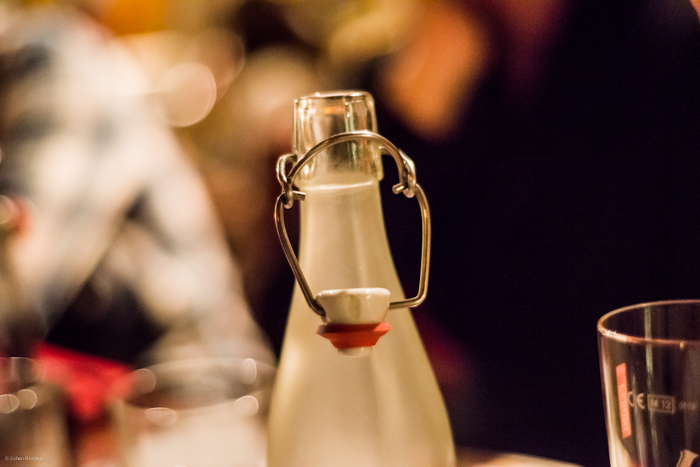
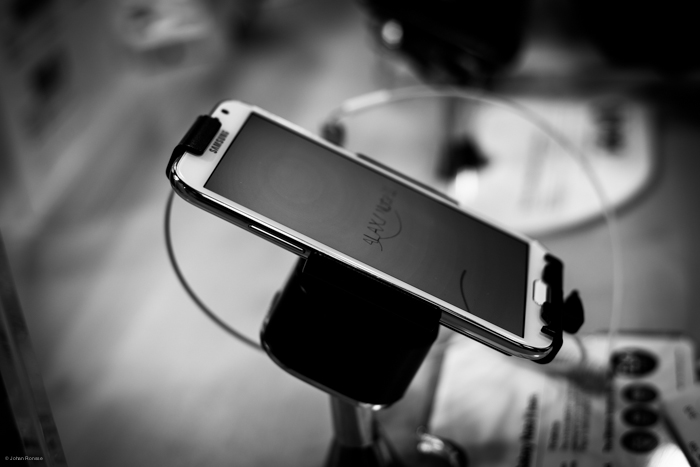
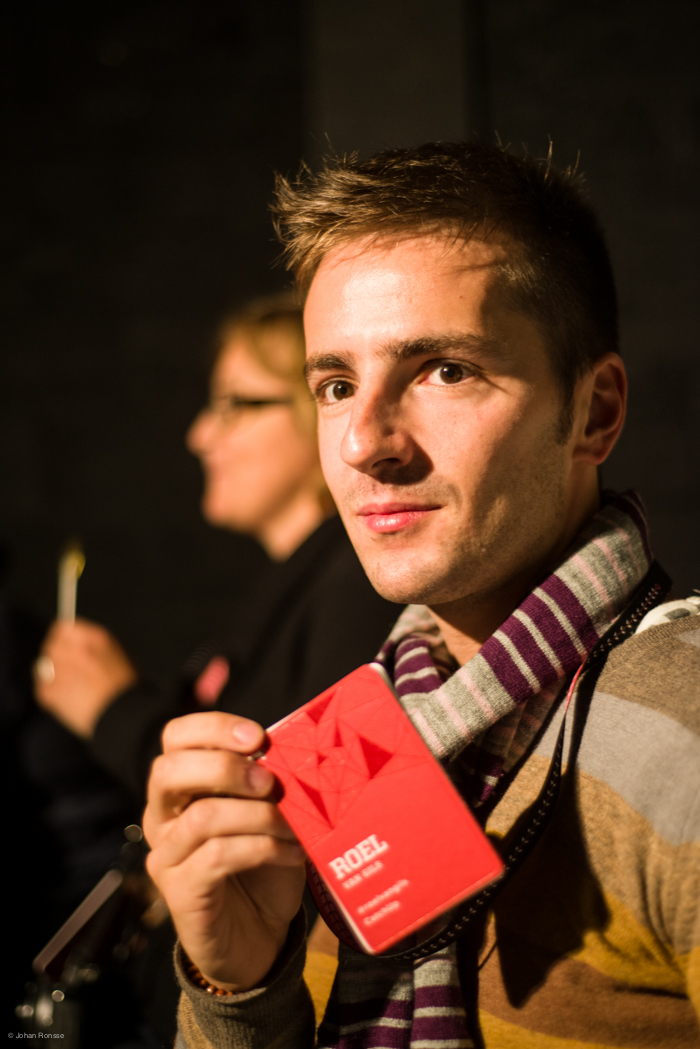
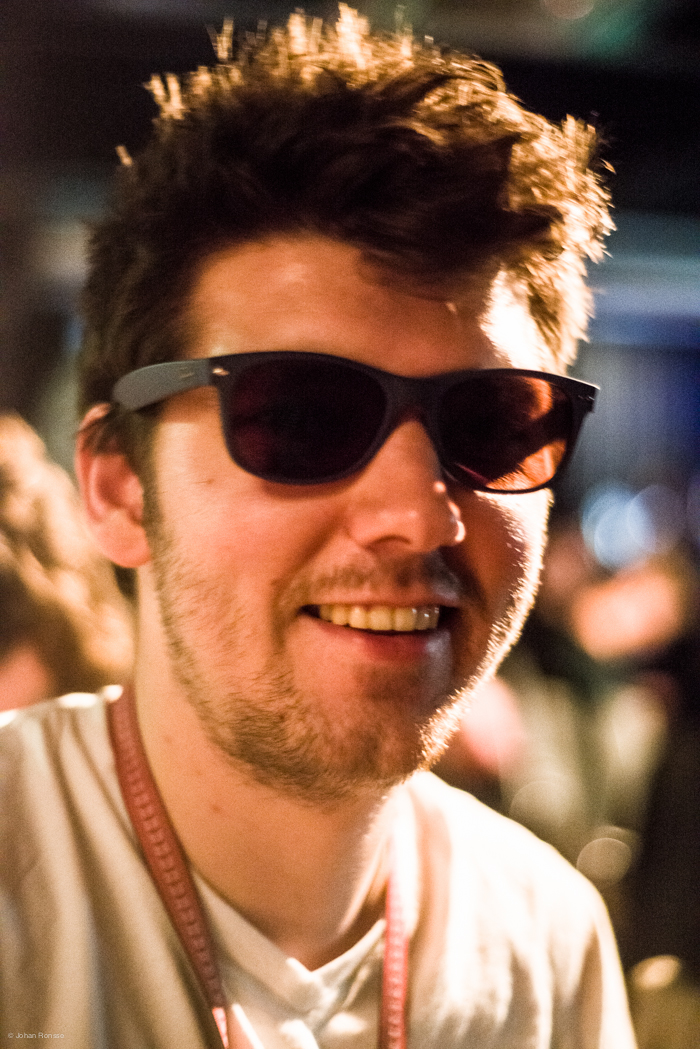
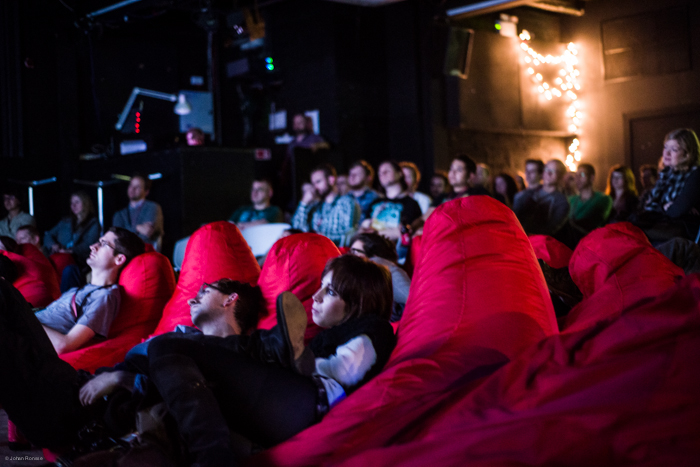
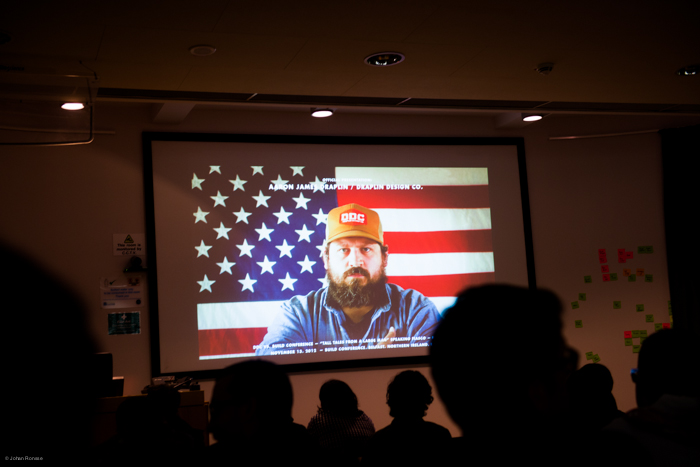
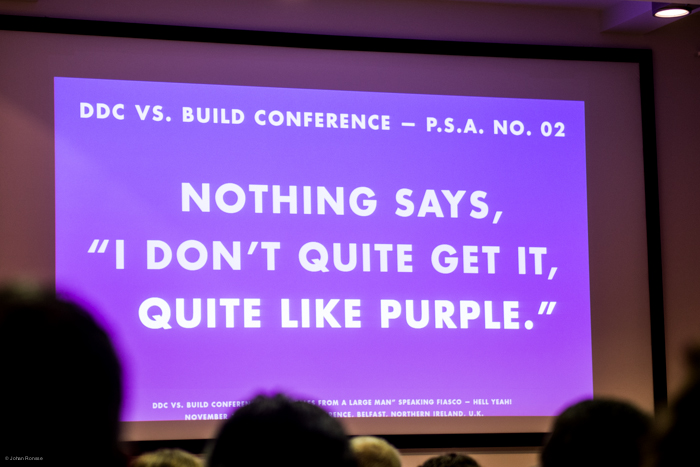
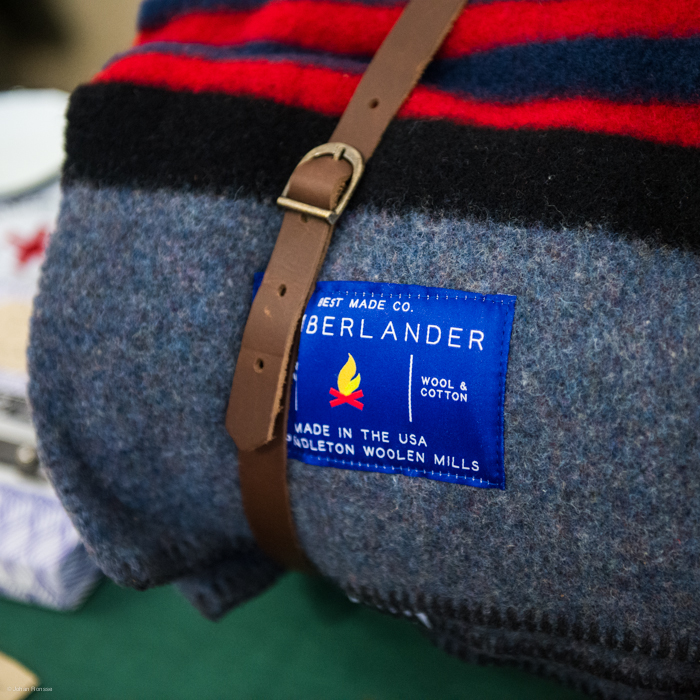
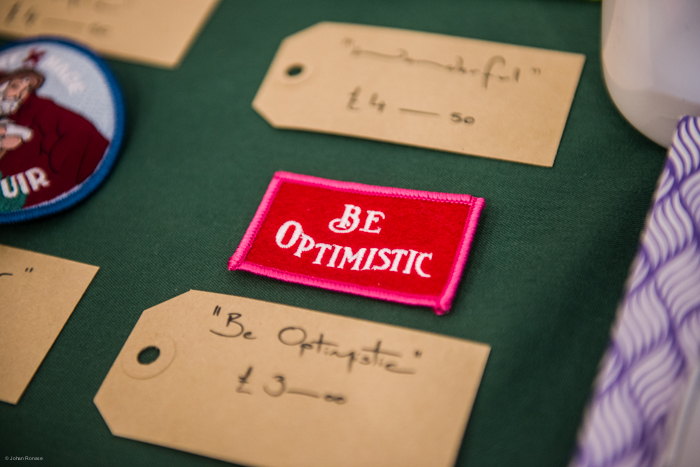
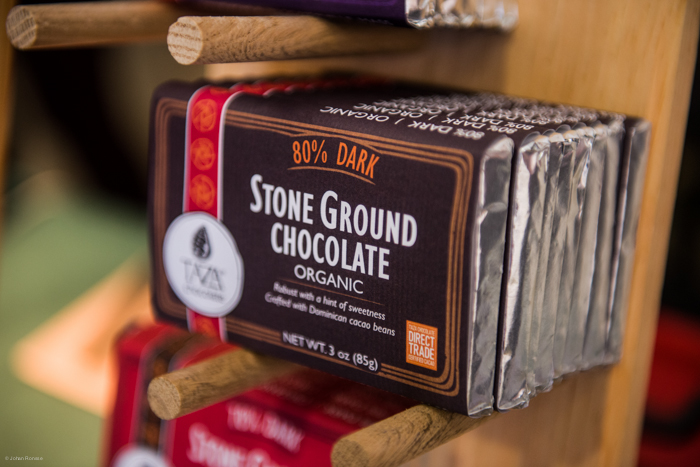
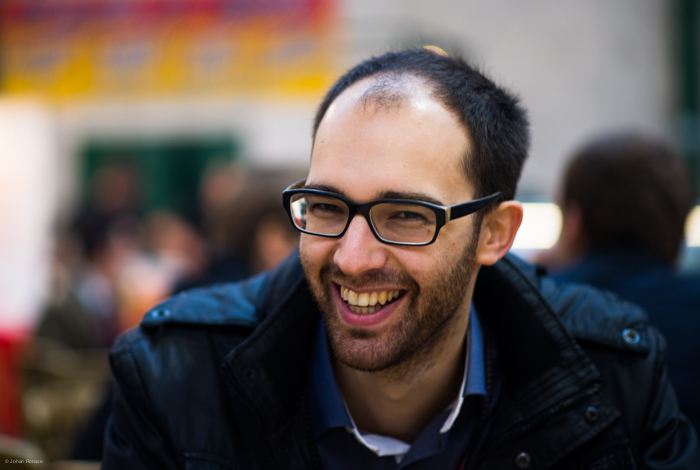
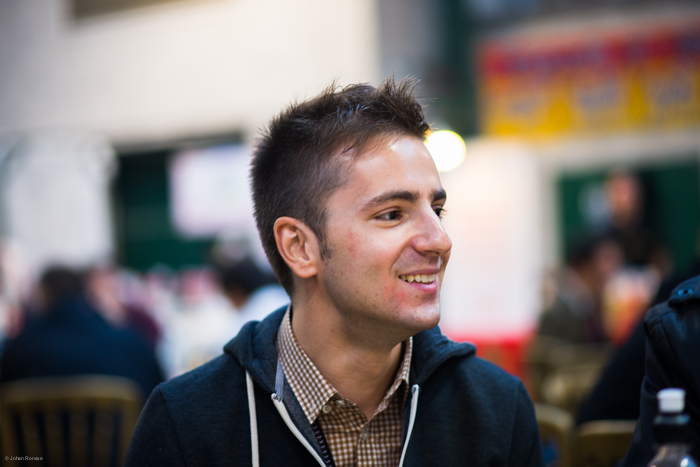
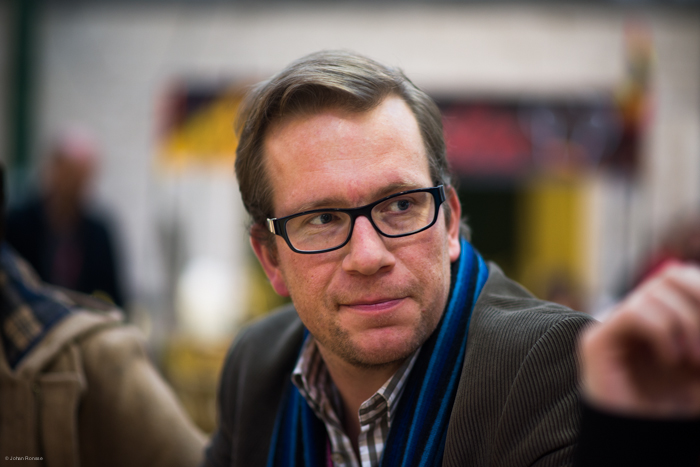
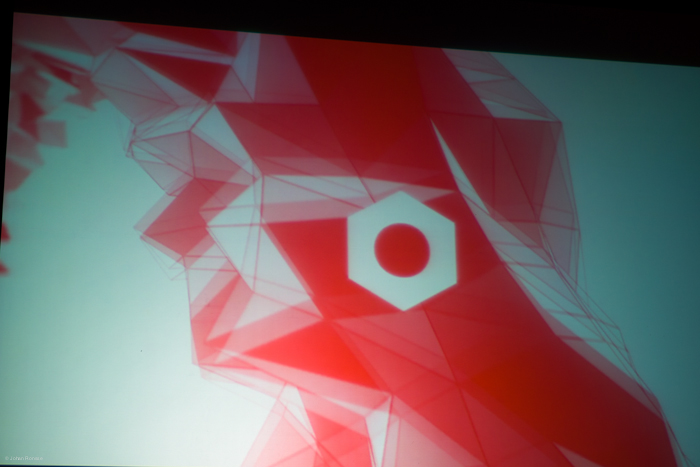
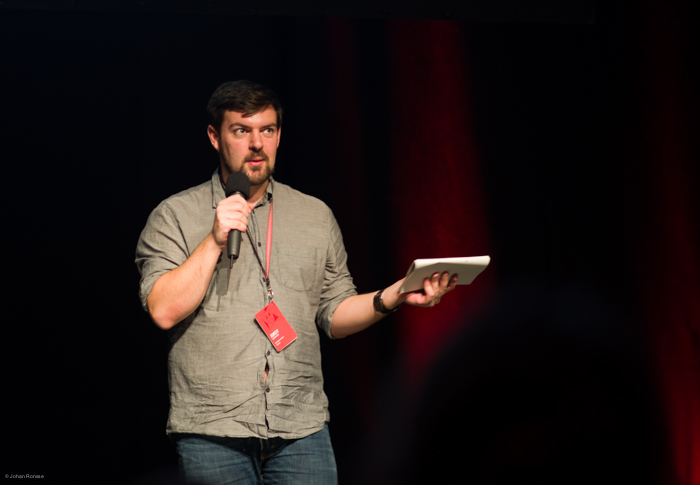
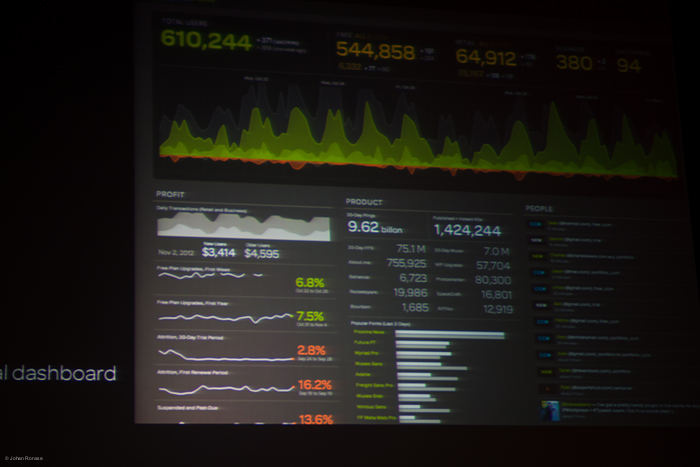

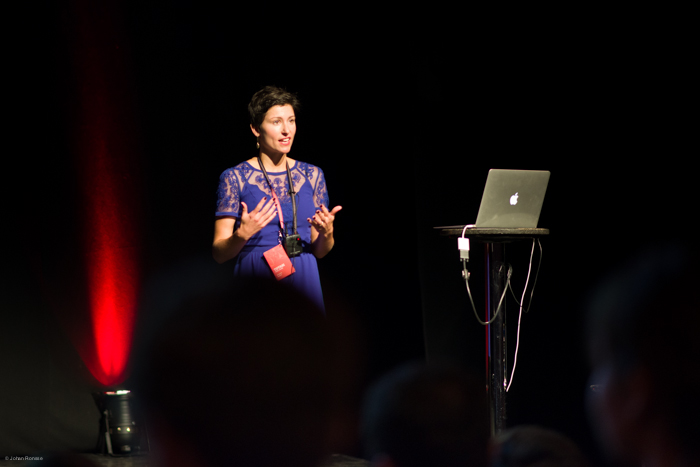
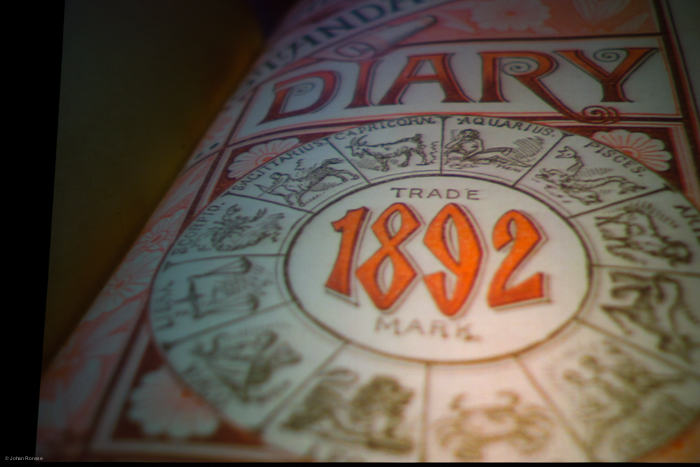
©Johan Ronsse